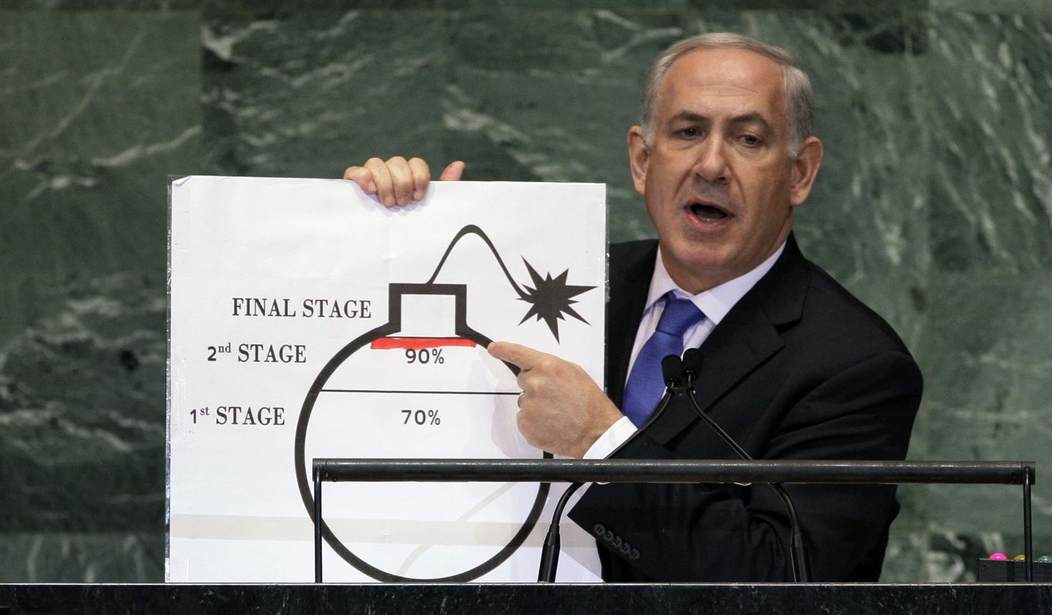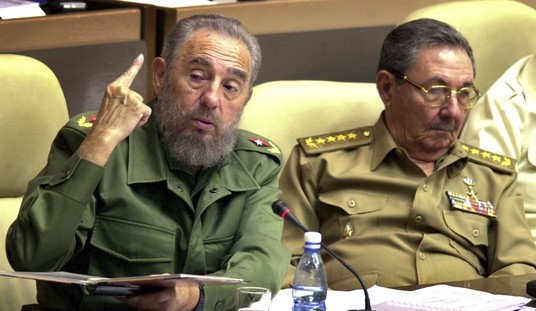According to the U.S. Geological Survey, a 4.6 magnitude earthquake struck Iran on October 5 with its epicenter in Aradan, Semnan province, at a shallow depth of 10 kilometers.
Almost immediately social media wags began speculating that the underground quake was Iran's first nuclear test.
A second temblor was felt a few minutes later underneath Israel. One poster on X wrote, “That Iranian earthquake really scared Israel. They're blubbering on whether they'll attack Iran. Looks like the secret is having nukes. No country will mess with a nuclear power.”
Well, it is social media, after all.
Needless to say, the quake was not an indication of a nuclear test.
Although underground nuclear tests can indeed trigger seismic activity, experts have been cautious in their assessments of the October 5 earthquake. Iran’s nuclear facilities, such as those at Natanz, are known to be deeply fortified underground, and the relatively shallow depth of the earthquake raised doubts about the possibility of a nuclear test. Conducting a successful underground nuclear test without surface disruption is a complex operation, and the magnitude of 4.6 does not definitively indicate a nuclear detonation.
As I've written previously, Iran is less than two weeks away from having enough highly enriched uranium to build about five bombs. That doesn't mean that Iran will have a bomb in two weeks. It has to create a workable design for a bomb, test it, and then learn how to mount a warhead on one of its missiles. While that last step might not be necessary, any other delivery method would bring uncertain results, and hence the threat wouldn't be credible.
So the chances that Iran was testing a nuclear bomb are slim. But that doesn't mean it isn't working as fast as possible to build one, although CIA Director William Burns says there's no evidence that it has mounted a crash effort to construct a bomb.
Iran has developed the “means of delivery” for a potential nuclear weapon by building up its missile arsenal, he said. And since the U.S. pulled out of the 2015 nuclear agreement between Iran and major powers known as the JCPOA in 2018, Tehran “is in a much closer position to produce a bomb’s worth of ... enriched material for a single weapon,” Burns said.
The JCPOA imposed strict limits on Tehran’s nuclear program while easing economic sanctions on the country. As president, Donald Trump pulled the U.S. out of the deal six years ago, reimposed sanctions and introduced new sanctions. Since the U.S. exit, Iran has steadily blown through the restrictions on its nuclear activities and blocked international inspectors from seeing some nuclear sites.
Those "limits" on Iran's nuclear program were mostly imaginary. As it turns out, the U.S. and Iran interpreted several key arrangements in the JCPOA differently. In essence, Iran continued to advance its program while the U.S. continued to claim that Iran had slowed it or stopped it completely.
What matters now is Iran's progress toward a nuclear bomb and the fact that the International Atomic Energy Administration (IAEA) is blind as to what Iran is up to at its nuclear facilities because Iran blocked the cameras that were keeping an eye on its activities. I'm glad Director Burns is so confident in Iran's goodwill.
Most of the rest of us aren't.










Join the conversation as a VIP Member